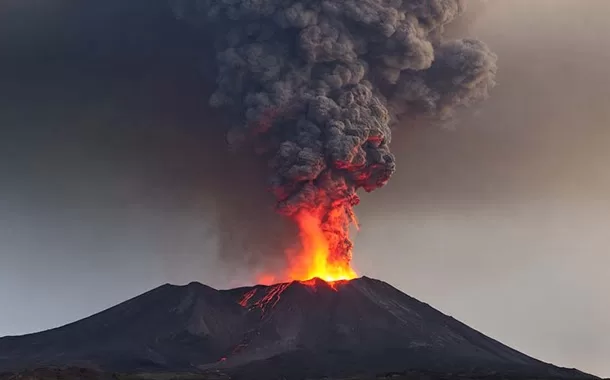Mount Etna, Europe’s tallest and most active volcano, has erupted in a spectacular display of lava, fire, and ash. The eruption, preceded by days of increased activity including strombolian explosions and seismic swarms, sent a river of lava cascading down the volcano’s slopes. This dramatic event has drawn thrill-seekers and nature enthusiasts from around the world, eager to witness the raw power and beauty of this natural phenomenon.

The eruption follows a period of heightened volcanic activity, marked by increased seismic activity and emissions. The eruption itself originated from a fissure high on the volcano, sending lava flows down the mountainside and transforming the night sky. This event serves as a reminder of Etna’s volatile nature and its significant impact on the surrounding Sicilian landscape.
Mount Etna’s eruptions are a recurring event in the region’s history, shaping the landscape and impacting local communities. 1 The volcano’s unpredictable nature makes it a popular destination for adventurers seeking to experience its raw power. While posing a potential danger, the eruptions also create unique opportunities for exploration and photography, attracting visitors who are drawn to the spectacle and the inherent thrill of witnessing such a powerful natural event.
